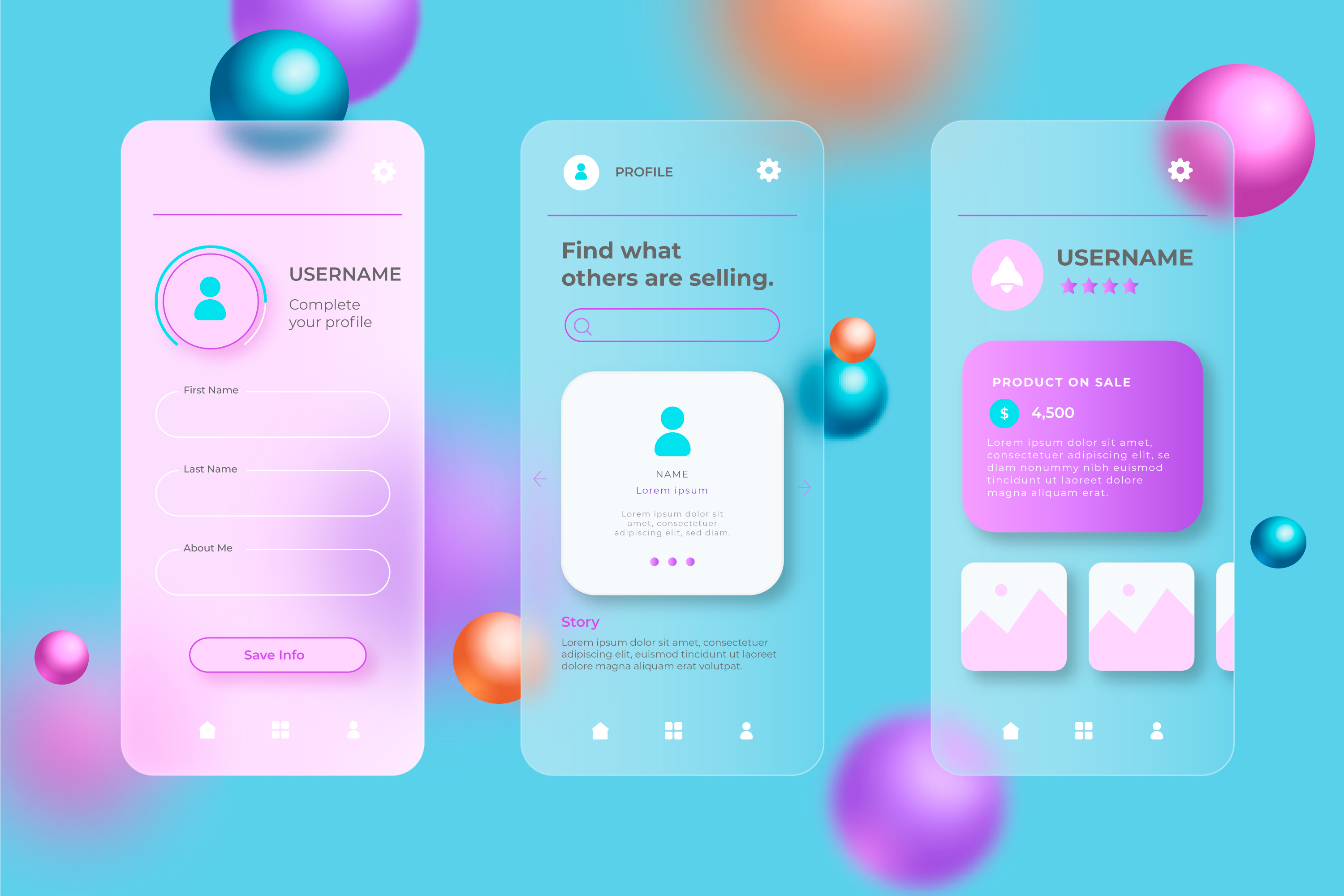info@sadi.co.ke
+254727368241
Design trends often shape the way users interact with technology, and in recent years two UI styles—Neumorphism and Glassmorphism—have captured the spotlight. Both styles bring a fresh aesthetic to digital products, but each has its strengths, weaknesses, and use cases. Understanding their differences is key for designers looking to craft engaging, functional, and visually appealing interfaces in 2025.
Neumorphism (or "new skeuomorphism") is a design style that blends flat design with realistic shadows and highlights. It gives buttons, cards, and input fields a soft, extruded look—almost as if they’re embedded in the background. This creates a tactile, minimal aesthetic that feels modern and sleek.
Strengths of Neumorphism:
Clean and minimal visual appeal.
Subtle depth gives interfaces a futuristic feel.
Works well for dashboards, cards, and simple UI elements.
Weaknesses:
Accessibility concerns—low contrast can make it difficult for users with visual impairments.
Doesn’t scale well in data-heavy or complex interfaces.
Glassmorphism, on the other hand, is inspired by frosted glass effects. It layers transparency, blur, and light to create a glass-like panel floating above a colorful background. Popularized by macOS Big Sur and Windows 11, Glassmorphism emphasizes hierarchy and layering.
Strengths of Glassmorphism:
Eye-catching, futuristic design language.
Creates strong visual hierarchy through transparency.
Works beautifully in applications with vibrant, dynamic backgrounds.
Weaknesses:
Can look cluttered if overused.
Requires careful contrast management for readability.
Performance-heavy on some devices due to blur effects.
The answer depends on context. Neumorphism works best in minimalist applications where subtlety is valued, while Glassmorphism excels in visually rich environments where depth and layering are important. Some designers even combine both—using Neumorphism for interactive elements and Glassmorphism for background layers.
In 2025, the best interfaces are not defined by a single trend but by flexibility. Accessibility, performance, and user experience remain at the forefront. Designers should embrace Neumorphism and Glassmorphism as tools in their creative toolkit, applying them thoughtfully depending on the brand, audience, and platform.
The “battle” between Neumorphism and Glassmorphism isn’t about declaring a winner—it’s about using each style where it shines. Both trends push UI design toward more engaging and immersive experiences, and the smartest designers know how to balance aesthetics with usability.
 September 05, 2025 - BY Admin
September 05, 2025 - BY Admin